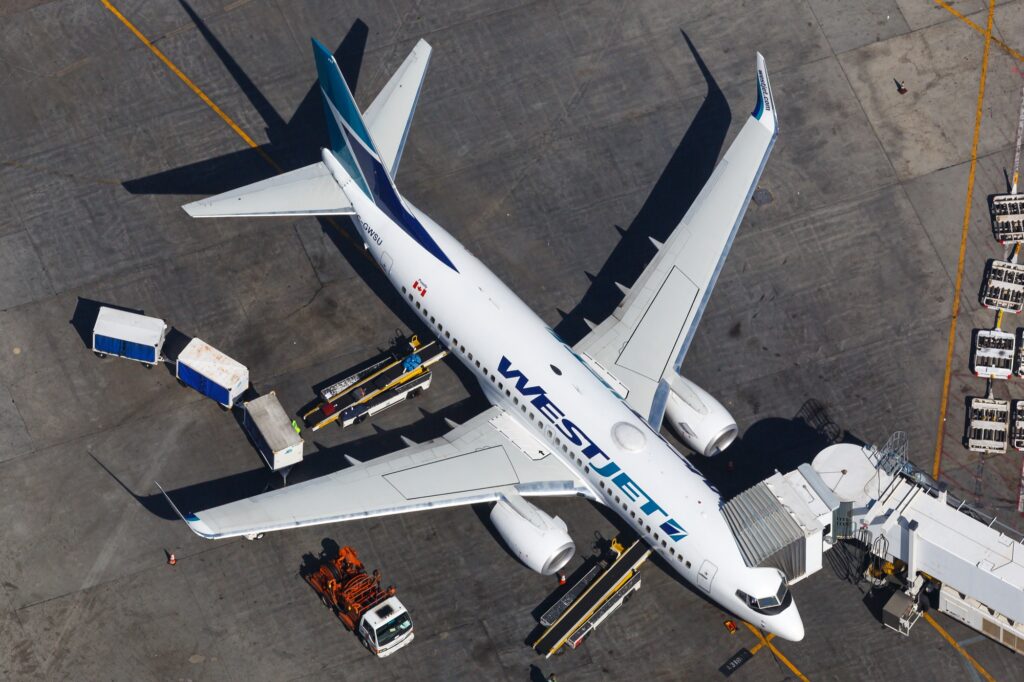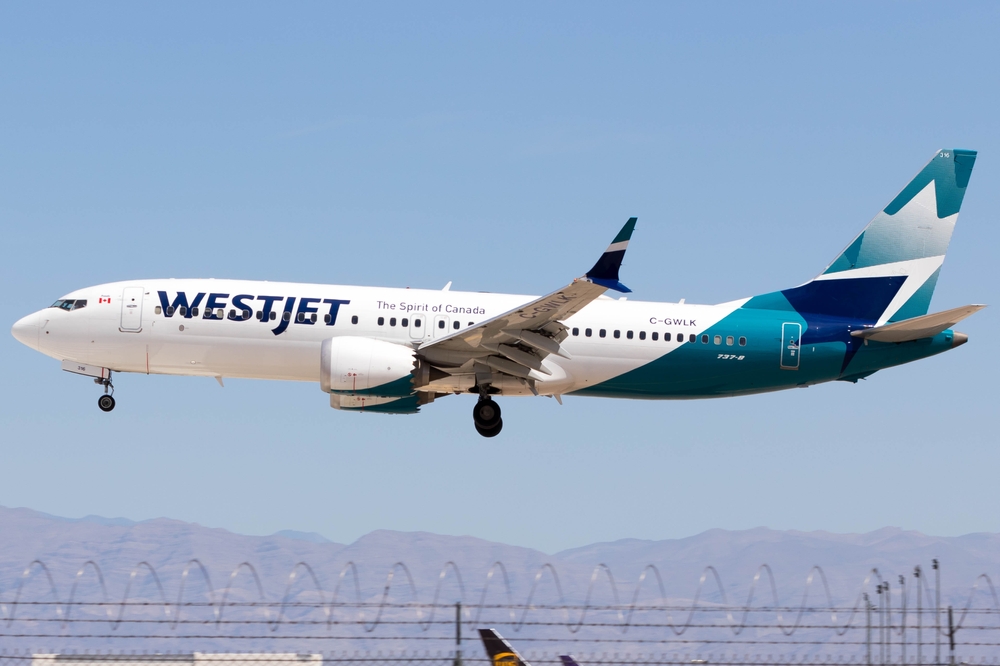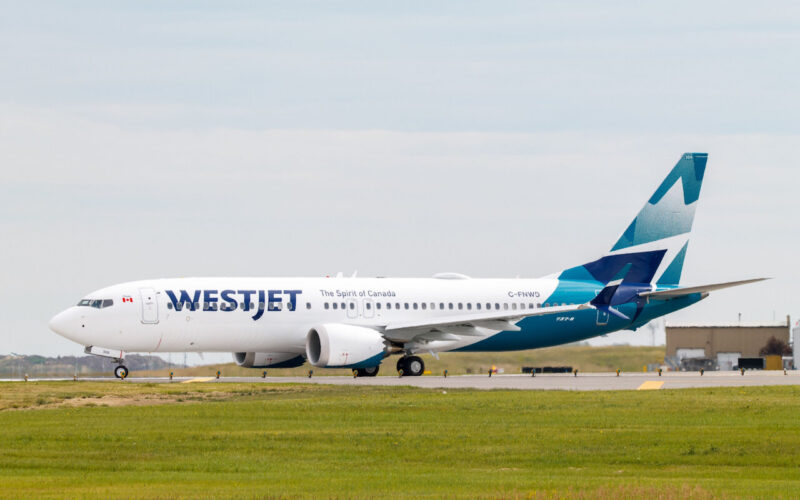Canadian carrier WestJet is reportedly facing indefinite delays on dozens of new aircraft deliveries, according to the carrier. The delays result from ongoing quality issues in the Boeing 737 MAX final assembly line at the manufacturer’s plant in Renton, Washington brought to light by the Alaska Airlines incident in January 2024 involving a 737 MAX 9 aircraft.
The Calgary-based carrier ordered 42 Boeing 737 MAX 10 aircraft in 2022, with options for a further 22 planes. These orders supplemented an existing order that WestJet had placed previously for additional MAX aircraft which are yet to be delivered to the carrier.
These multibillion-dollar orders were purchased to bolster WestJet’s fleet by at least 65 planes (with 50 of them being the MAX 10 variant) by 2029. The airline previously stated that the orders for the MAX 10s would be a “game-changer” that would reduce fuel costs and “underpin” the airline’s future growth. However, the 737 MAX 10 is yet to be certified by the Federal Aviation Administration (FAA), and after the door plug blowout on the Alaska Airlines plane, US regulators have said they would halt production expansion at Boeing until safety concerns were sufficiently addressed.
The FAA grounded all US-registered 737 MAX 9s for inspection following the Alaska Airlines incident which occurred on January 5, 2024. It has since issued a preliminary report into the incident that found four crucial locking bolts missing from the airframe that had been removed on Boeing’s final assembly line and never replaced. The MAX 9 has since been cleared to return not the skies by the FAA.

“We continue to work closely with Boeing on all aspects of aircraft delivery and timelines,” said WestJet spokesperson Madison Kruger. “We believe our order book and fleet planning have the built-in flexibility to support WestJet’s growth plans.”
The 65 new aircraft ordered by WestJet amount to almost 60% of its current fleet, according to ch-aviation. The WestJet fleet currently consists of 115 Boeing 737s alongside seven Boeing 787-9s. While many of the new 737s would allow for network growth, others are likely to replace some of the older 88 Boeing 737-800s that WestJet still operates.
The list price of the 42 MAX 10s ordered in 2022 totaled around $7.6 billion. At the time of the order, both Boeing and WestJet stressed the importance of the deal.
“The 737-10 will be a game changer, with one of the lowest costs per seat among mid-range aircraft. This will foster our low-cost positioning and affordability for Canadians,” said Stan Deal, who heads Boeing’s commercial airlines division, in a September 2022 statement.
WestJet said that the new aircraft were vital for the airline’s plans to “strengthen WestJet’s presence in Western Canada and underpin growth in transcontinental and leisure offerings from Eastern Canada.”

If the Boeing delays were not enough for WestJet, the carrier is currently facing stiff competition across its network. Two low-cost airlines, both based in Alberta in the form of Flair Airlines and Lynx Air, are fighting for market share against WestJet, which wound up its budget subsidiary Swoop in October 2023. A new collective agreement with pilots has also raised labor costs for Canada’s second-largest carrier, as the hard-fought battle amongst carriers for a larger share of domestic and sunshine destination traffic drags on.
Boeing customers other than WestJet are likely to feel the impact of the FAA’s ruling, which caps the monthly 737 production at 38 airframes per month until the regulator is “satisfied that the quality control issues” are resolved. Boeing had initially planned to hike production to 42 per month during 2024.

